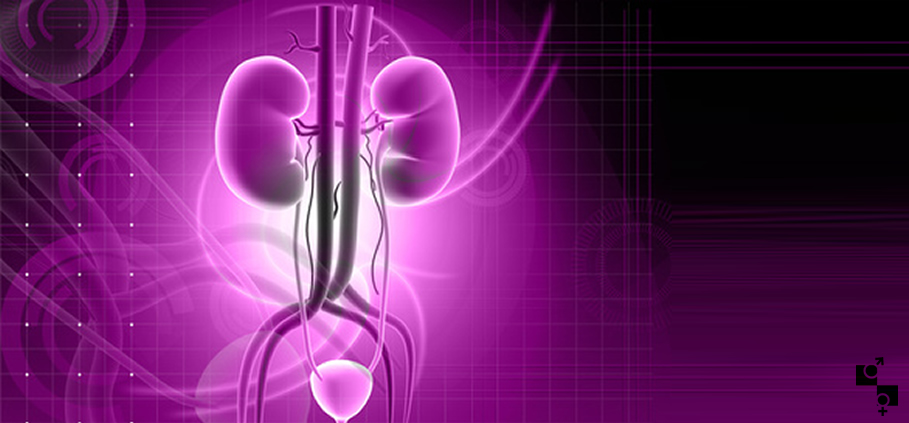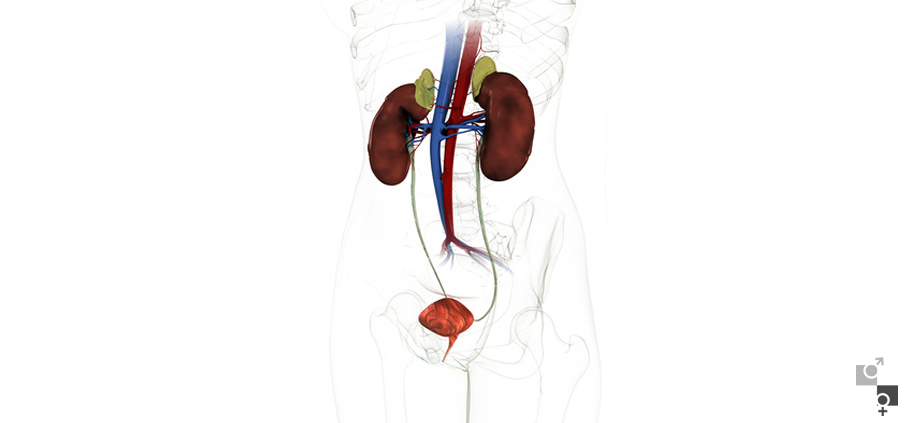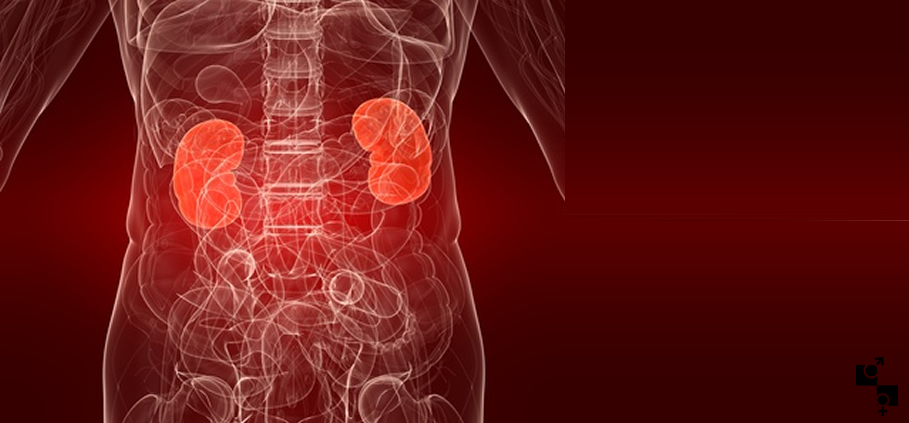Treatment and Surgery Restoration of Kidney Diseases
-
PIGTAIL Catheters (Ureteral Self-Supporting Catheters) Placement
The PIGTAILS or ureteral self-supporting catheters are named after the size of their tightly curled ends, which resemble a pig’s tail. They are used in order to keep open the urine flow channel which has been blocked by stones or newly formed growths of the upper and middle urinary system, stenoses or injuries of the ureter etc., which result in increased morbidity (renal colic, prolonged and/or accompanied by fever, and renal failure). Their placement is usually performed in surgery with X-ray test in aseptic conditions. After the operation the patient must remain in hospital for a few hours for observation.
Ureter-Kidney Stone – Endoscopic Removal
Nowadays, the treatment of upper and middle urinary system lithiases demands minimally invasive approach. The second most common intervention is the endoscopic removal of a ureter-kidney stone. With a special instrument, the ureteroscope, the stone that causes the blockage is identified and with a special technique and proper handling is immediately crushed with the use of ultrasounds, electrohydraulic waves or laser, depending on the position, shape and composition of the stone. The operation is carried out with light sedation or epidural anaesthesia and its duration depends on the size, position and composition of the stone. In some cases it is advisable that a ureteral self-supporting catheter (PIGTAIL) be placed. The patient must remain one day in hospital for observation, while morbidity of the operation is minimal.
Ureter-Kidney Stone – Extracorporeal Shock Wave Lithotripsy
The Extracorporeal Shock Wave Lithotripsy (ESWL) is a non-invasive approach to the treatment of the upper and middle urinary system. The extracorporeal lithotripter is a high-technology instrument for the crushing of calculi by the use of shock waves, and is considered the safest treatment method. The entire procedure is carried out with the use of mild analgesics, the patient can immediately return to their normal activities, while it is possible that the procedure may need to be repeated within 20 days. video
Kidney Stone - Percutaneous Nephrolithotomy
Nowadays, the treatment of upper and middle urinary system lithiases demands minimally invasive approach. A modern way for the removal of a kidney stone is the Percutaneous Nephrolithotomy (PCNL). A percutaneous paracentecis of the kidney is performed under X-ray guidance. Next, a special instrument, the nephroscope, is incerted and identifies the stone that causes the blockage. Then, with a special technique and the proper handling, the stone is immediately crushed with the use of ultrasounds, electrohydraulic waves or laser, depending on the position, shape and composition of the stone. The operation is carried out with light sedation or epidural anaesthesia and its duration depends on the size, position and composition of the stone. In some cases it is advisable that a ureteral self-supporting catheter (PIGTAIL) be placed. The patient must remain one day in hospital for observation, while morbidity of the operation is minimal.
Ureter-Kidney Stone – Open Surgery
The open surgery for the treatment of kidney and ureter stones has been significantly limited to cases of coral-like stones or failure to face the problem with the modern methods. The operation is carried out with general anaesthesia. The area of the lithiasis is approached surgically and a ureterolithotomy – pelvolithotomy – nephrolithotomy (depending on the stone’s position) is performed. The stone is removed and then a ureteral self-supporting catheter (PIGTAIL) is placed. In case there co-exists an anatomical damage, it is treated surgically. The surgical trauma is stitched and drainage is placed for 1-2 days. The patient must remain in hospital for observation for 2-4 days, while morbidity is minimal.
Ureter-Kidney Stone – Laparoscopic Removal
The laparoscopic removal of kidney and ureter stones is a modern technique for the treatment of such conditions. Η λαπαροσκοπική αφαίρεση λίθων είναι μια μοντέρνα μέθοδος αντιμετώπισης του νεφρού και του ουρητήρα έχει περιοριστεί σημαντικά και διενεργείται μόνο σε περιπτώσεις κοραλιωειδών λίθων ή αδυναμία - αποτυχία επίλυσης του προβλήματος με τις σύγχρονες μεθόδους αντιμετώπισης. The procedure is carried out with general anaesthesia. Without need for opening the abdominal walls, the surgeon reaches the area of lithiasis and performs a ureterolithotomy – pelvolithotomy – nephrolithotomy (depending on the stone’s position) is performed. The stone is removed and then a ureteral self-supporting catheter (PIGTAIL) is placed. In case there co-exists an anatomical damage, it is treated surgically. The surgical trauma is stitched and drainage is placed for 1-2 days. The patient must remain in hospital for observation for 2-3 days, while morbidity is minimal. -
-
Renal Tumor – Total (Radical) Nephrectomy
In this operation there is removal of the entire kidney or part of it (partial nephrectomy), together with the perirenal adipose tissue and the cognate perirenal lymph nodes. This operation can be carried out in two ways:- Open surgery for the treatment of renal tumors: an incision is made and the layers of the lateral abdominal walls are opened. The pathological kidney is reached and then removed. The operation is carried out with general anaesthesia and lasts approximately 3 hours.
- Laparoscopic – Robotic Nephrectomy: 5 or 6 1-1,5cm incisions are made in the abdomen, through which the laparoscopic instruments are inserted. This methods enables the surgeon to have a more direct access to the pathological tissues due to the better resolution of the images during the operation, it limits, however, the surgeon’s control and range of vision.
The operation is carried out with general anaesthesia and the duration of the patient’s hospitalization ranges from 5 to 9 days, depending on the surgical method selected and the post-operative condition of the patient.




